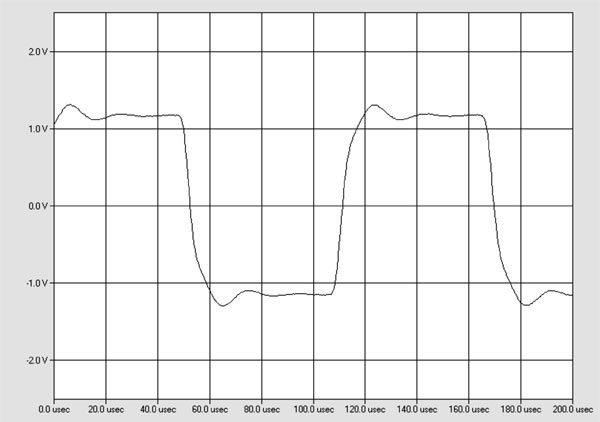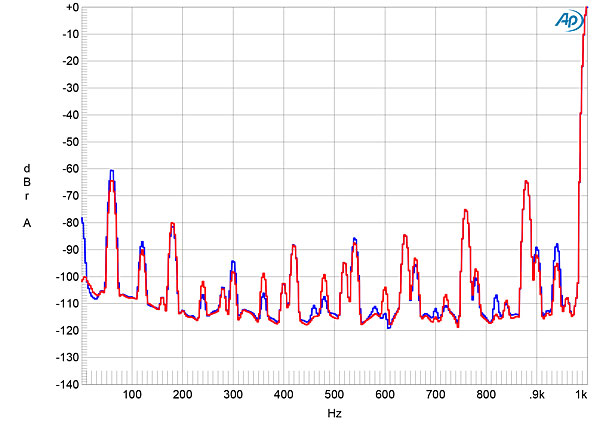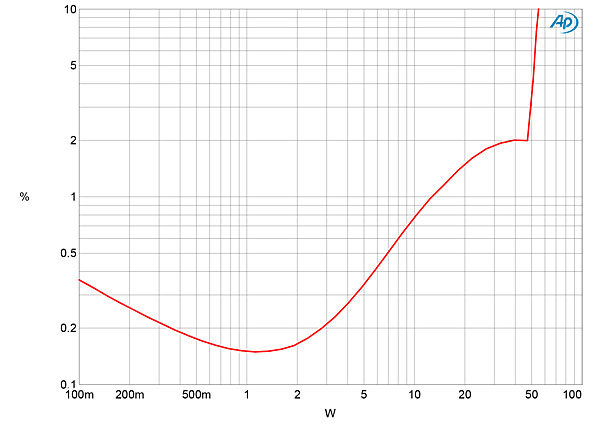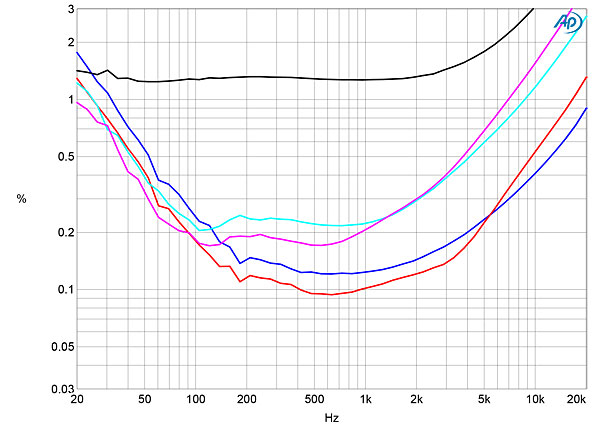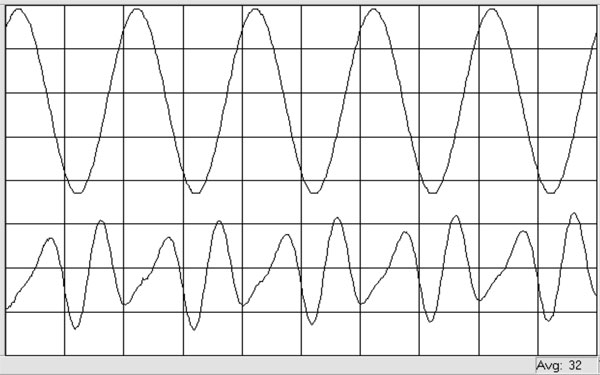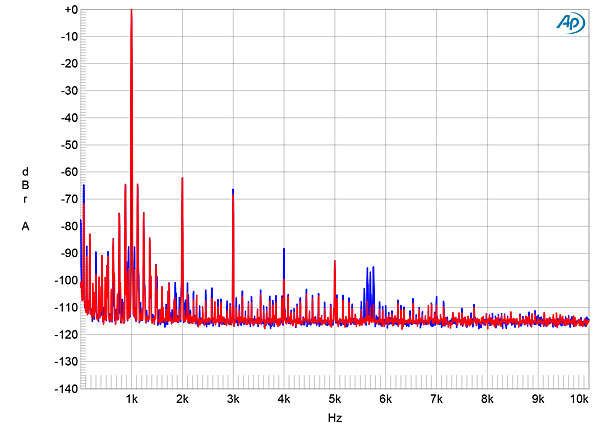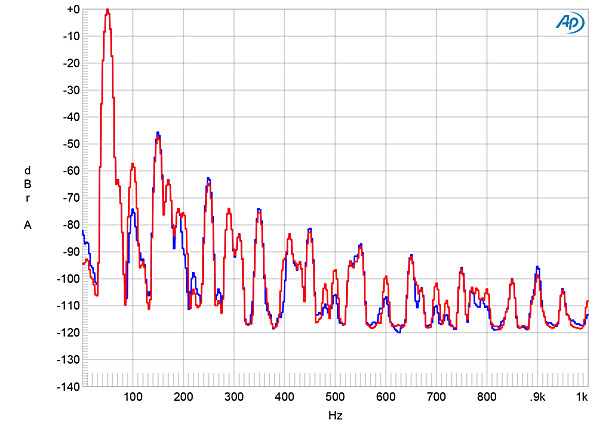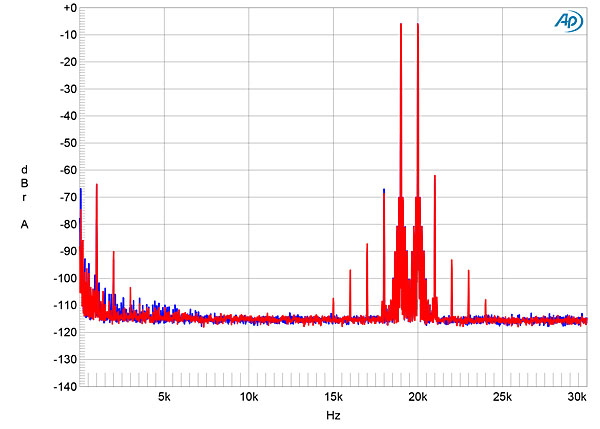| Columns Retired Columns & Blogs |
It's still too dam much but it's getting close to tempting!
Another exciting piece of audio literature in the form of a product review.
Nice work
Tony in Venice
ps. Can someone Pleaaaasssseee contact Art Ferris and do a review of one of his latest Modulus Pre-Amps?

